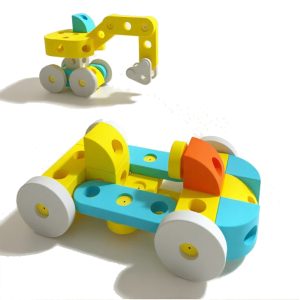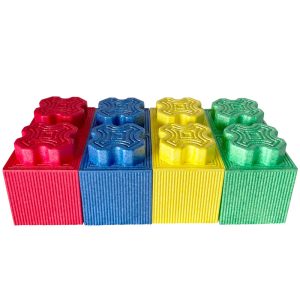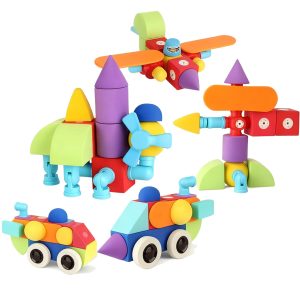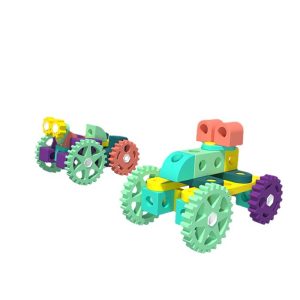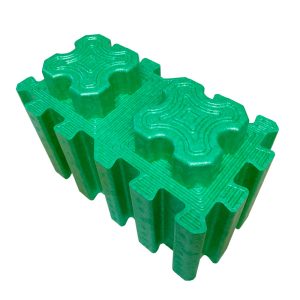Magnetic Track Train: Core Design & R&D Highlights
I. Core Design Philosophy: Addressing Dual Parent-Child Needs
Adhering to the principle of “safety as the foundation, creativity as the core, and interaction as the bridge,” the product solves parents’ worries of “safety hazards and quick boredom” and children’s desire for “fun and exploration,” creating an educational parent-child toy that integrates play and learning.
II. Key R&D Stages: From Pain Points to Implementation
1. Preliminary Research: Targeting Core Pain Points
Focusing on three major issues—safety risks of toys for young children, monotony leading to rapid boredom, and lack of parent-child interaction scenarios—the team defined three core design directions: ultimate safety, multi-dimensional creativity, and strong interactivity.
2. Core Function R&D: Overcoming Critical Difficulties
- Safety Design: Adopting food-grade eco-friendly ABS plastic (odorless and impact-resistant); tracks feature 360° fully rounded edges; the electric train is integrally molded to avoid small parts falling off.
- Magnetic Assembly System: Custom high-strength magnetic modules enable easy assembly while withstanding the tension of 3D configurations, supporting versatile combinations like straight tracks, curves, spirals, and vertical climbs.
- Anti-Gravity Function: Optimized train power system achieves vertical climbing through precise matching of magnetism and torque, combining fun with scientific enlightenment.
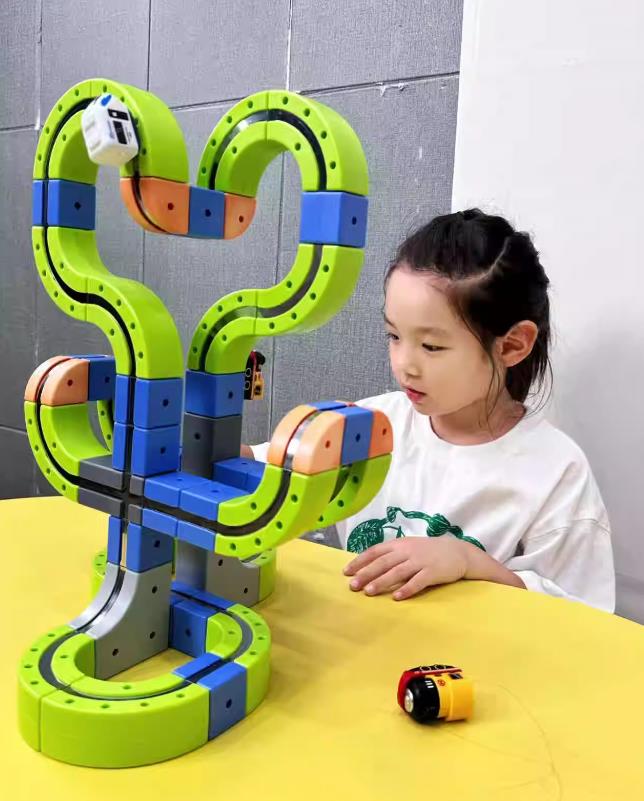
3. Detail Optimization: Balancing Experience and Practicality
- Visual Design: Pastel color scheme with low-saturation lights (eye-friendly); partitioned packaging for easy storage and portability.
- Parent-Child Adaptation: Three-level assembly guides (“Basic-Advanced-Creative”) to suit both independent play for children and collaborative parent-child activities.
4. Testing and Iteration: Optimizing Based on Feedback
Adjusted track assembly tightness according to children’s operating habits, improved train battery life in response to parental feedback, and added simple popular science cards on “magnetism and gravity” to integrate learning into play.
III. Ultimate Design Value: Growth Through Play
Beyond mere entertainment, the toy helps children develop hands-on skills and logical thinking through independent assembly, and fosters emotional connection through parent-child interaction, realizing the goal of “Fun in Play, Learning in Fun.”

